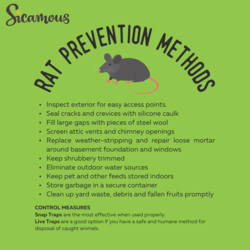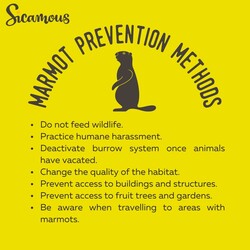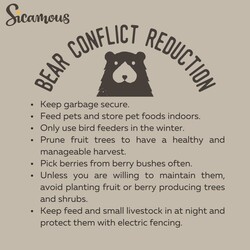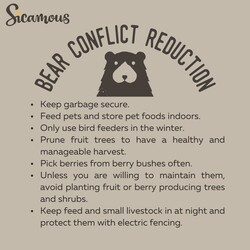Urban Wildlife
Sicamous is nestled within nature. Surrounded by water and mountains, it is no surprise that wildlife chooses to visit or reside within the District, especially after wildfire seasons that result in significant habitat destruction.
The District of Sicamous does not respond to complaints about urban wildlife. However, the Bylaw Officer will enforce District bylaws that refer to the attraction of vermin.
Vermin refers to any animal that may damage buildings or structures, spread filth, or
spread disease including but not limited to Mouse, Rat, Chipmunk, Squirrel,
Raccoon, Rabbit, and Skunk (Good Neighbour Bylaw No. 1005, 2021).
The District is happy to provide pointers on how to discourage wildlife from frequenting your yard and home.
To report a conflict with wildlife that threatens public safety, contact the BC Conservation Officer Service at 1-877-952-7277.





